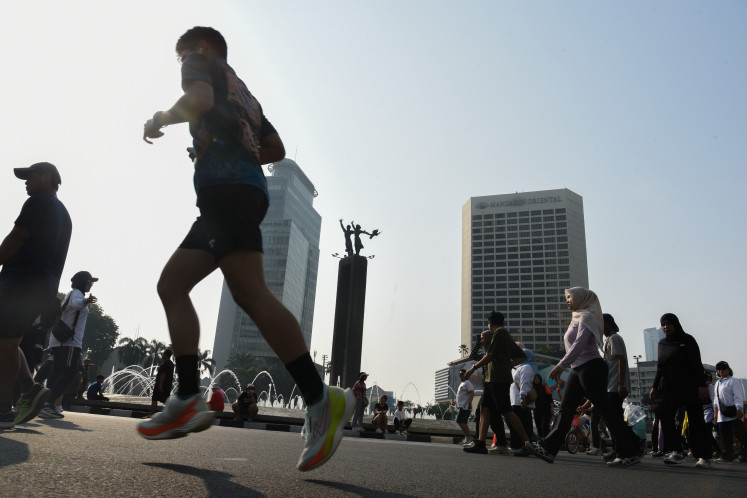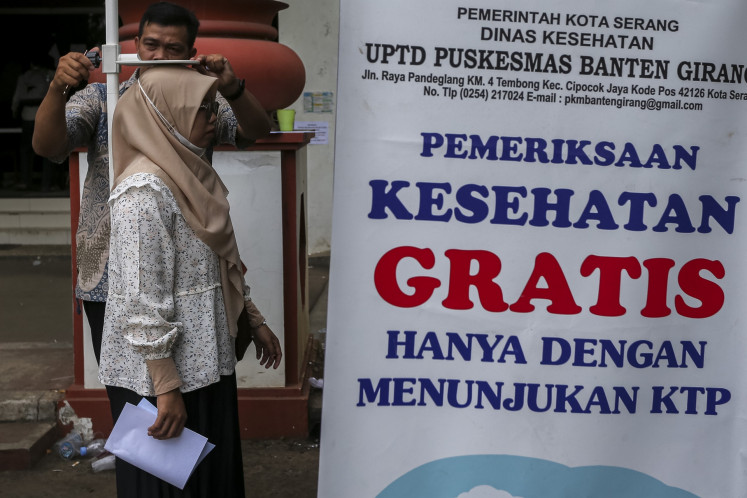Popular Reads
Top Results
Can't find what you're looking for?
View all search resultsPopular Reads
Top Results
Can't find what you're looking for?
View all search resultsPreventing tuberculosis: Expectation, reality, hope
A quarter of the global population has TB, which caused some 1.7 million deaths in 2016.
Change text size
Gift Premium Articles
to Anyone
T
uberculosis (TB) remains the world’s top killer infectious disease. It is a bacterial infection caused by the Mycobacterium tuberculosis with the lungs being the primary site of infection. A quarter of the global population has TB, which caused some 1.7 million deaths in 2016.
As the world commemorated World Tuberculosis Day on March 24, sadly Indonesia is still listed as the world’s second-largest TB-burdened country with an estimated 1 million active cases in 2015.
Active TB cases are people who become sick after being infected with the above bacteria. Interestingly, more than 90 percent of infected people do not develop the sickness, known as latent-TB infection. These people have immune systems that make the bacteria go into “silent” mode.
The bacteria can wake up later triggering a reactivation of the disease. The main clinical manifestation of active TB in adults is a prolonged cough. Coughing releases bacteria into the air and it spreads among people through inhalation, thus people living in a TB-burdened country have a high possibility of being exposed to the bacteria. Therefore, TB prevention in this country is more challenging.


















